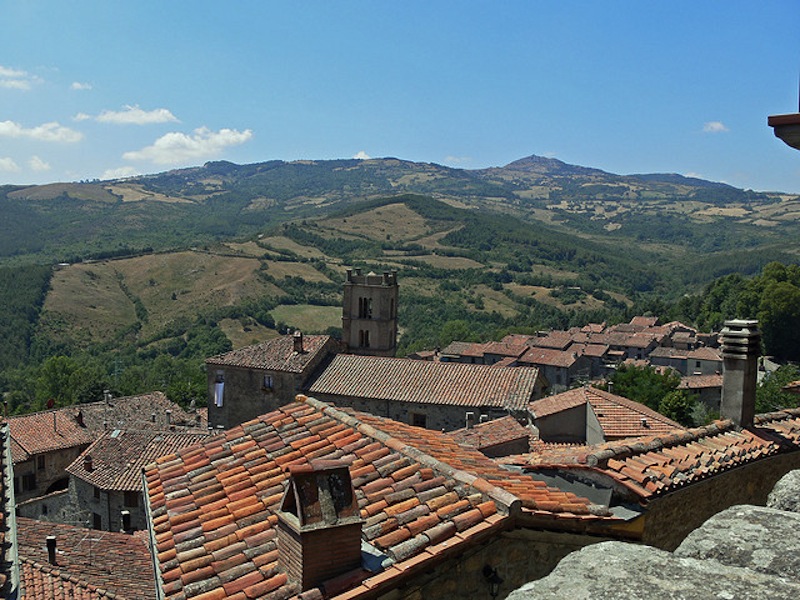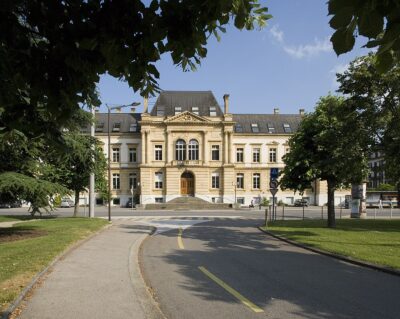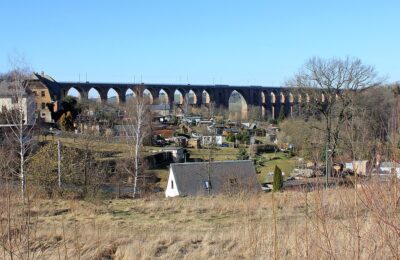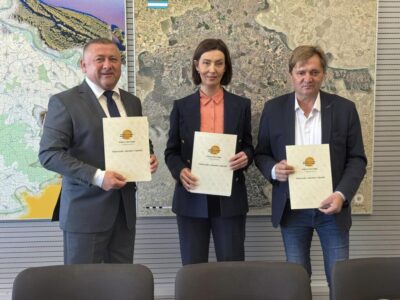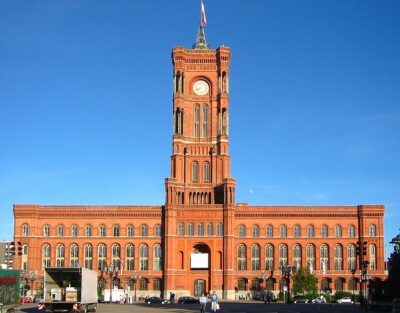Geothermal energy and tourism in Tuscany, a combination that works
In a recent interview, the mayor of Santa Fiora in Tuscany highlights the great co-existence of geothermal power plants and tourism in this beautiful region of Italy.
In a recent interview with local media, Federico Balocchi, the mayor of Santa Fiora in Tuscany/ Italy describes how geothermal energy production and tourism works as combination.
Mayor, we are almost at the end of the summer tourist season, how is it going?
“The season has been exceptional, this summer we sold out of accommodations, from hotels to farmhouses, even restaurant owners are happy. For many years this was not the case, particularly in July. Part of the merit is certainly the climate, but also the promotion work we are doing and that is bearing fruit. Moreover, even last year, when the weather and climate were not so lenient, there was an increase of 25% over the previous year and this year, in fact, a record number of tourists even stronger. ”
So it is not true that the presence of geothermal plants scares tourists?
“Judging from the data that I just mentioned, it does not seem so. In fact we have just opened in Santa Fiora, along with Enel Green Power, the tourist route to the power plant of Bagnore 4, considered the most advanced in the world and therefore itself a tourist attraction. We have a proud history, we have a particular territory, rich in monuments and in addition to our landscape and environmental heritage, and we also want to play the card of the tourism technology. ”
However not everyone is positive about the presence of the two plants of Bagnore 3 and 4 (60 MW of total installed capacity).
“I can not deny that there are concerns, in respect to the affects of those plants on the residents of my town, but I think that until all appeals have been exhausted, the correctness and legality of decisions for the plants will be confirmed. We as a municipality we are called to protect the health of citizens and the environment and so far at least the data confirms the absolute certainty of the environmental compatibility of the two plants. Our air quality is among the best in the region, as confirmed by ARPAT. We do not live in a polluted area and one needs to be careful in sensationalism. The Region of Tuscany has decided, wisely, to open an observatory right in our town, so inform the citizens on the results of the analysis. Finally, it seems to me that if one part is to certify and promote the excellence of the sources of Fiora, I believe that the alleged conflict of geothermal wells with the water resources is unjust.”
The presence of plants on the municipality’s territory also means available funding from geothermal energy. How are these contributions are used?
“We use them in parts for investments, ie in public works, in part to reduce the tax burden for citizens and businesses, because it is important to inspire people and businesses stay on our mountain. But also to cover part of the costs for social services and education and to develop strategies for tourism and culture. All this, of course, in order to maintain and enhance the quality of life in our community. ”
Santa Fiora, like the other towns of the Amiata, is a little ‘off-center with respect to the geothermal area and compared to traditional areas of policy making. How are your relations with the Consortium for the development of geothermal areas (COSVIG) and with regional decision makers?
“We have a very good dialogue, but it is clear that the physical distance from home is important and that, with all the efforts that you can do, there is a gap with respect to my colleagues in the traditional geothermal area. In this sense it is necessary to intensify relations, maybe thinking of an office of COSVIG here in Amiata who can act as liaison with other members of local authorities and with the region. But beyond any institutional presence, perhaps we should also aim for an intensification of actions to highlight and promote best out of our territory, I think, for example, to a greater involvement of the co-existence of food production and renewable energy utilisation. ”
Source: GreenReport
